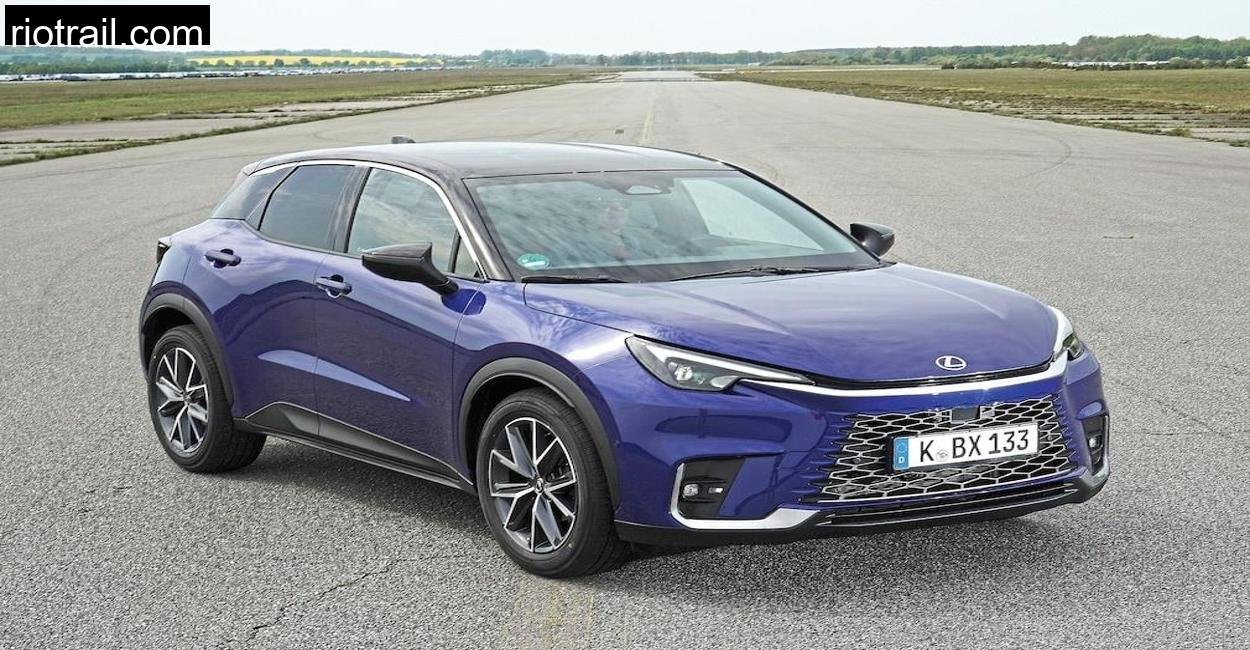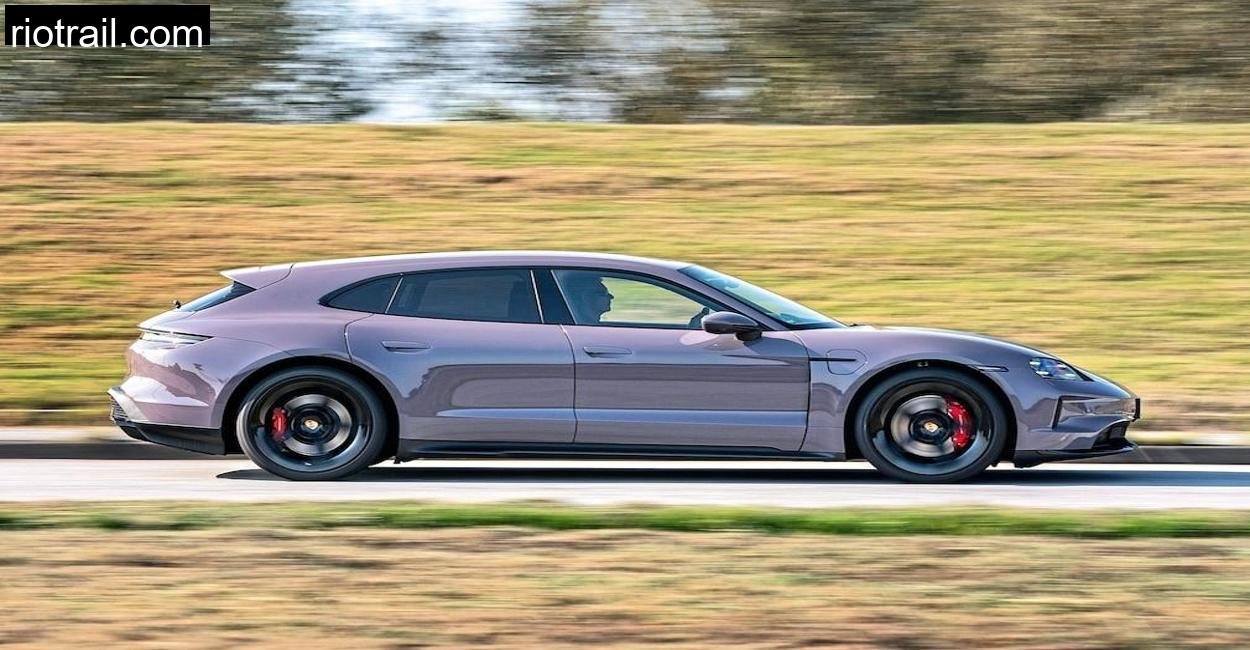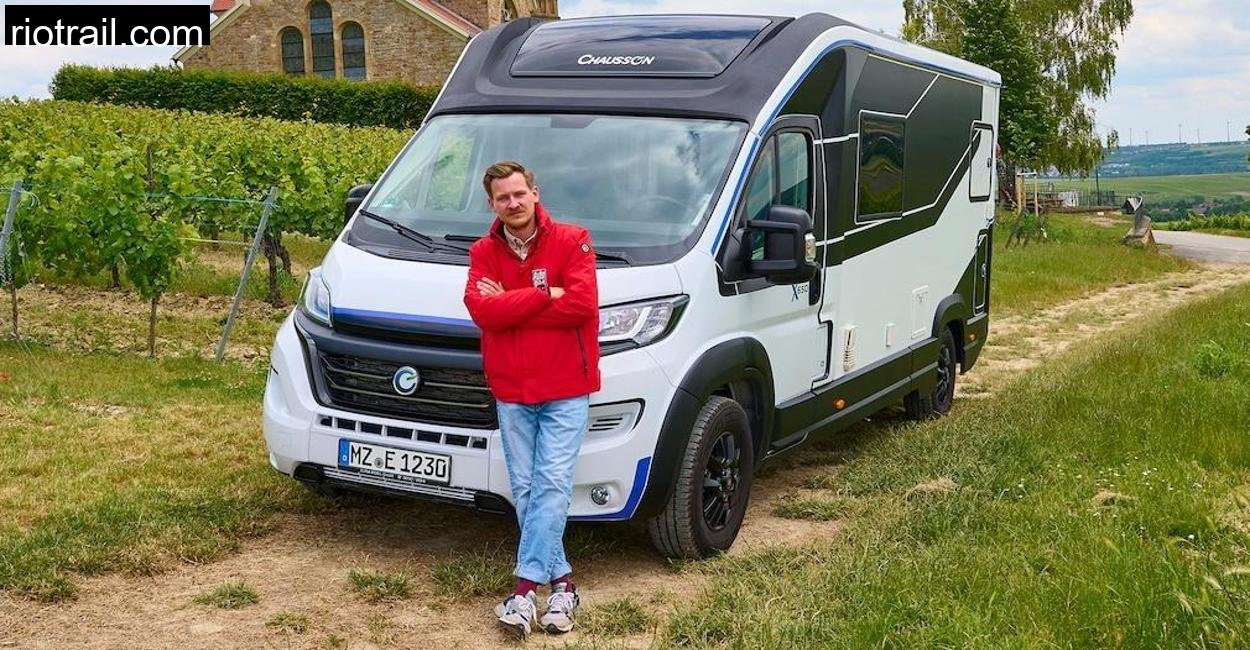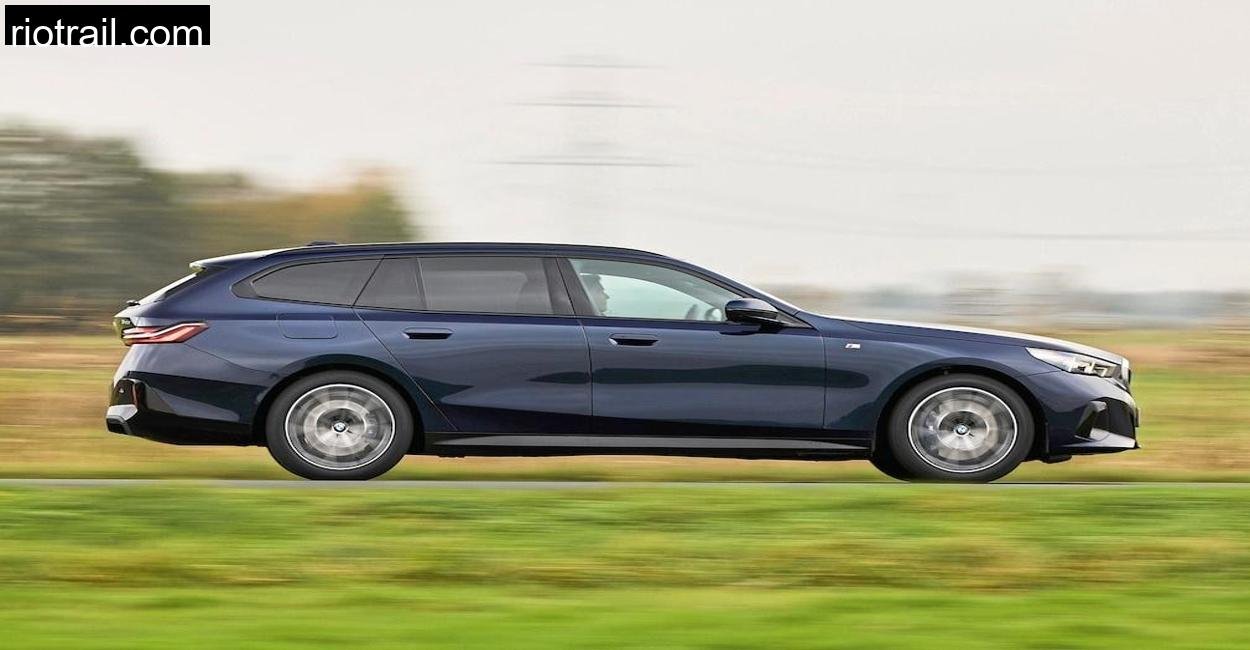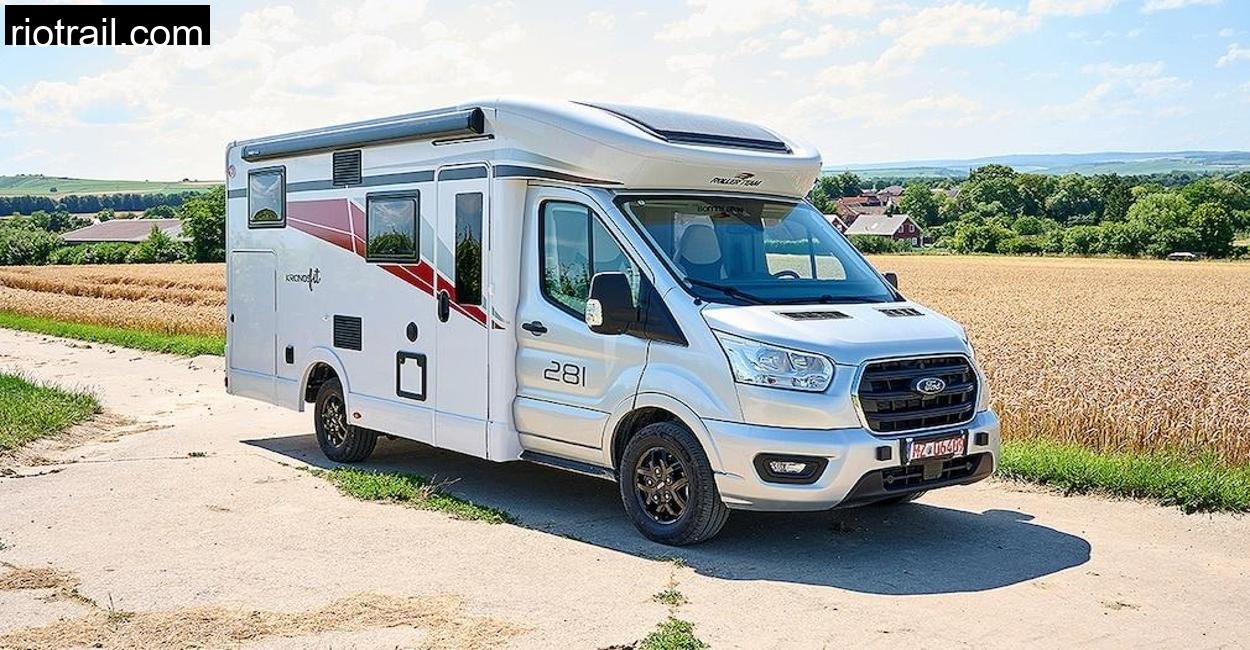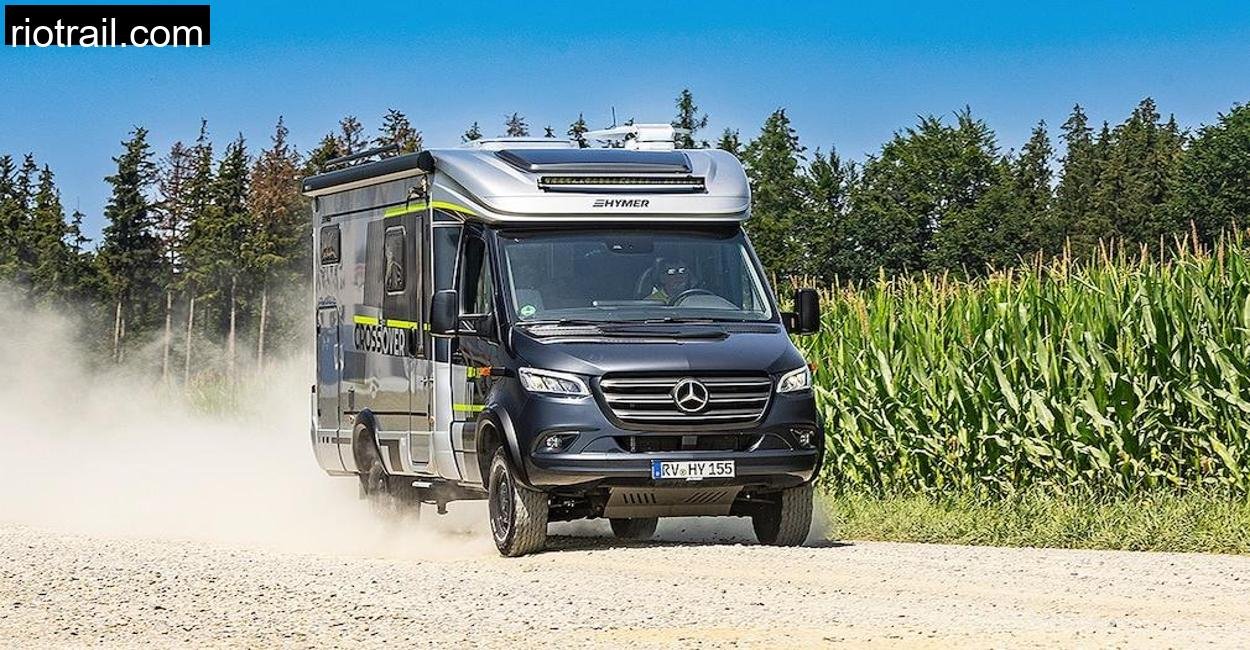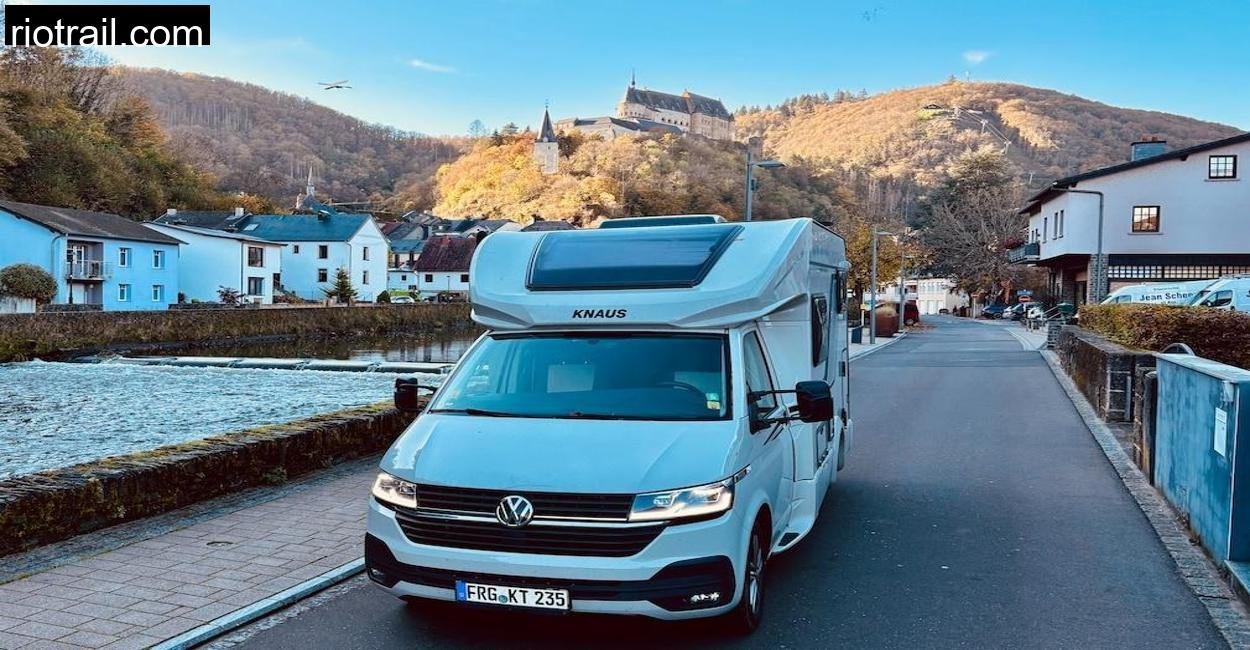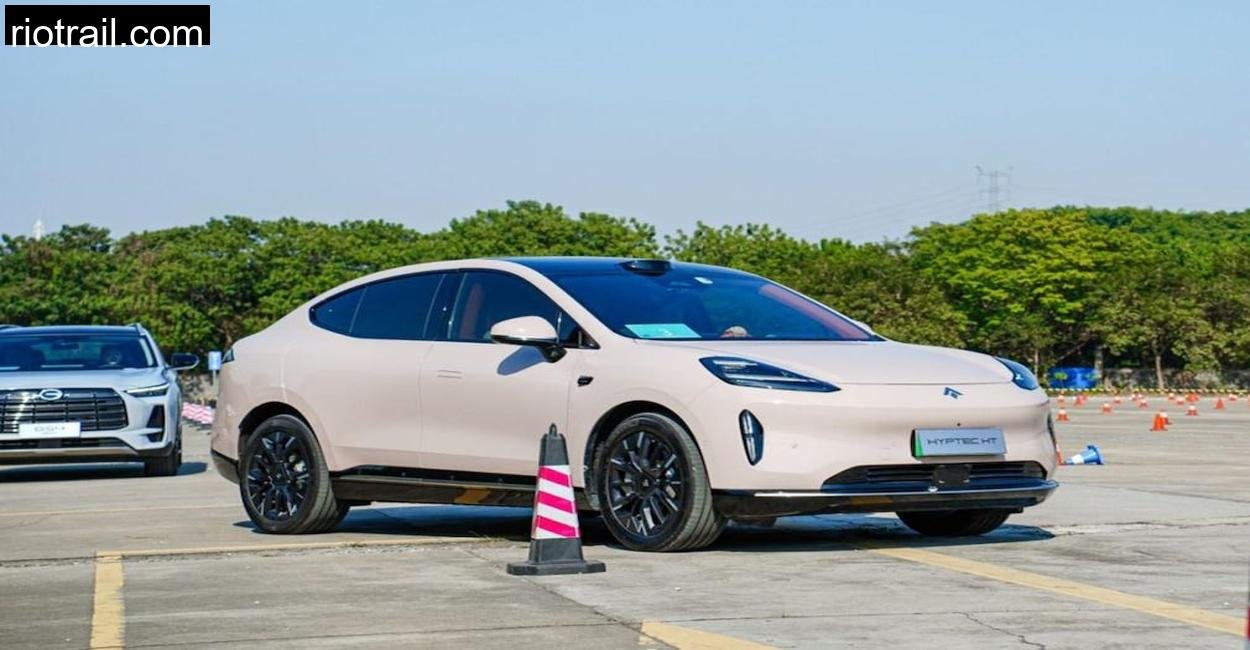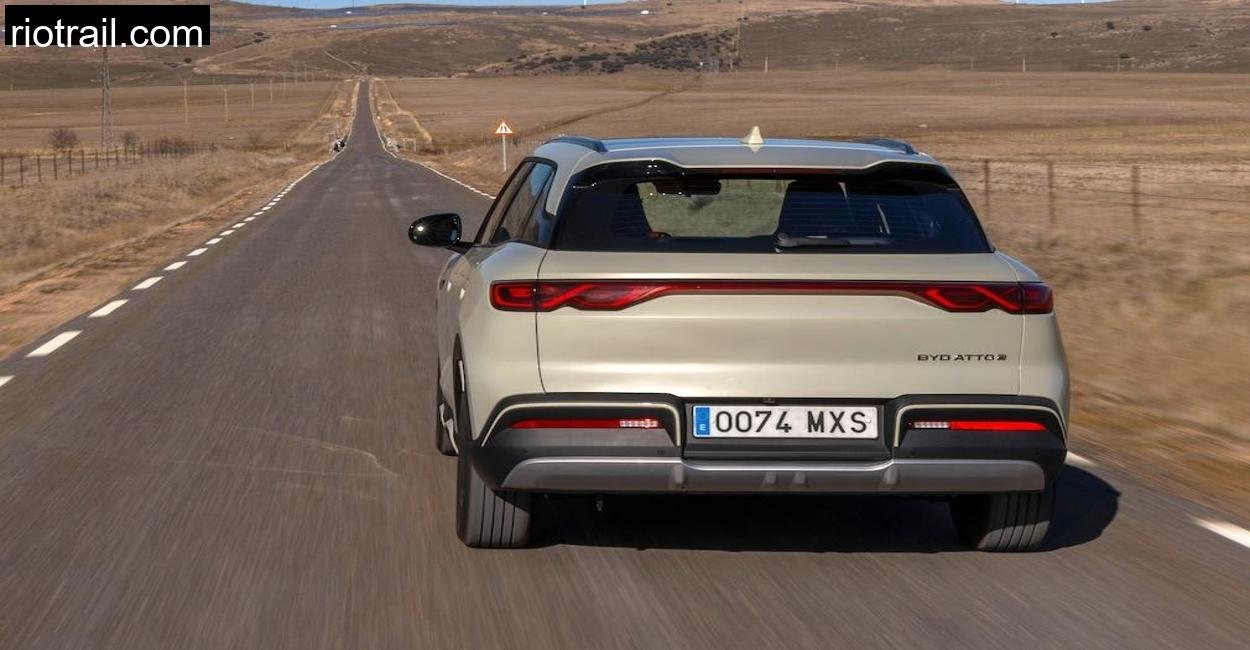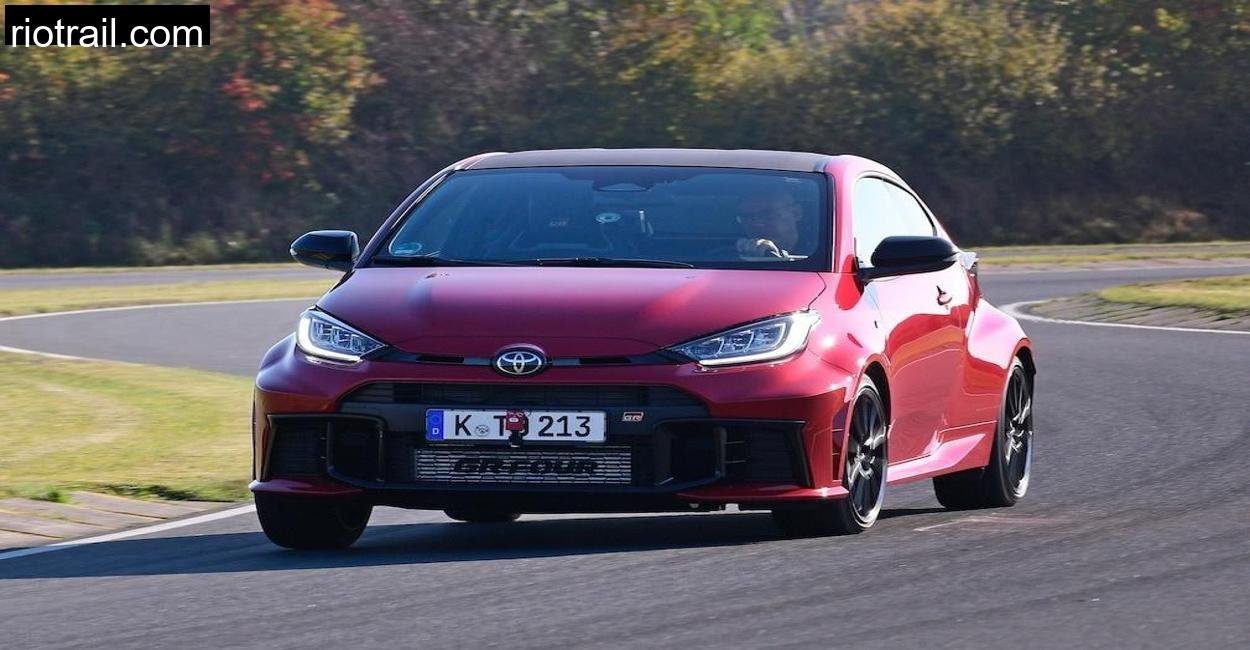There is a certain charm to the untouched landscapes of the Drawehn, that quiet ridge in Lower Saxony where soft rolling hills give way to deep forests and winding country roads. I chose this spot deliberately for my latest test drive: the all-new Lexus LBX, the brand’s smallest SUV to date but one that aims to leave a big impression.
The Drawehn might not be as well-known as the Harz or the Black Forest, but its serenity and lack of heavy traffic make it an ideal playground for trying out a compact hybrid crossover. And the LBX? With its quirky design and bold promises, it seemed perfectly suited for such a backdrop.
When Lexus first announced the LBX, I admit I was sceptical. Was this going to be another half-hearted entry into the small SUV segment? Or a genuine luxury compact with the DNA of a Lexus? There was only one way to find out: drive it hard, live with it for a day, and let the car speak for itself.
First Impressions: Quirky but Compelling
As I pulled up to the test vehicle, a Lexus LBX Cool edition in shimmering metallic bronze, I was struck by just how much visual impact this little SUV delivered. The front grille is unmistakably Lexus, with the brand’s signature spindle shape dominating the face. Flared wheel arches and a low-slung hood give it a planted, slightly aggressive stance.
At 4.19 metres long, the LBX is certainly compact, but from some angles, it looks more robust than its size would suggest. In the Drawehn, where villages are often little more than a cluster of thatched-roof houses, the LBX drew more than a few curious glances.
Unlocking the doors revealed a typically Lexus-like quirk: the electric door openers. Initially strange, they quickly became second nature, press a small button rather than tugging a mechanical handle. It’s the kind of touch that sets Lexus apart, even in an entry-level model.
Settling Into the Cabin: Small Outside, Premium Inside

Inside the LBX, the Lexus DNA is even more apparent. I’ve driven my share of luxury SUVs, but this is one of the few in this size class that genuinely feels premium, not just dressed-up mainstream.
The 12.3-inch digital instrument cluster impressed me immediately, crisp, colourful, with rich information and more configurability than you’d expect at this price point. The 9.8-inch central touchscreen is slightly less intuitive; Lexus menus can still be a maze, but visually it’s attractive. Crucially, Lexus has retained a rotary dial for volume, a small but much-appreciated nod to usability.
Material quality? Excellent for the class. Soft-touch plastics, metallic accents, quality stitching. There’s a subtle Mark Levinson badge on the speaker grille, yes, this little SUV has a proper premium sound system, and it delivers punchy, precise audio. Cruising through the Drawehn with jazz on the playlist felt utterly appropriate.
Front seats are supportive, though a touch narrow for broader drivers. Rear space, on the other hand, is not a strength. With the driver’s seat adjusted to my six-foot frame, rear knee room became tight, and headroom wasn’t overly generous either. The trunk, too, is modest: 400 litres expanding to 992 litres with the seats down. For solo trips or couples, perfectly fine. For family holidays? You’d need to pack light.
Powertrain in Focus: A Smooth Hybrid Heart
The heart of the LBX is its familiar yet evolved 1.5-litre three-cylinder hybrid drivetrain, shared in architecture with the Toyota Yaris Cross but heavily reworked for Lexus. The numbers on paper are modest,136 hp system output, 120 Nm of torque, and a top speed of 170 km/h, but as is often the case with hybrids, the story is in the driving, not the spec sheet.
Lexus has clearly tuned the hybrid system for refinement. Around the narrow village streets of Lüchow, the LBX glided in near silence on electric power alone. The transition between electric and petrol operation was seamless. The continuously variable transmission (CVT) is one of the smoother examples I’ve encountered; gone is the awful elastic feel of older hybrids.
Out on the open country roads of the Drawehn, the LBX revealed a surprisingly eager character. From a standstill, it hits 0–100 km/h in 9.5 seconds, not blistering, but perfectly adequate. Where it really shines is mid-range flexibility. Punch the throttle to overtake on a single-lane stretch, and the LBX surges forward with enough authority to instil confidence.
Above 140 km/h, the drivetrain does become more strained, with engine noise intruding as the little three-cylinder works hard. But in Germany’s many 130 km/h limit zones, the LBX felt perfectly composed.
The Drawehn Driving Experience: Poised and Predictable
The Drawehn is not a land of autobahns and high-speed testing. Instead, it offers a delightful mix of narrow tarmac, undulating hills, and forest-lined lanes where road camber and surface quality vary wildly. This made it the perfect test of the LBX’s chassis and suspension tuning.
First surprise: the LBX rides firmly, not softly. The suspension is tuned for control rather than plushness, which pays dividends when cornering. Through the switchbacks near Clenze, the LBX displayed commendable poise. The body stayed flat, steering responses were crisp (if a little light on feedback), and grip from the 225/55 R18 Yokohama tyres was ample.
Braking performance was equally confidence-inspiring. Repeated stops from 100 km/h yielded stable results,37.2 metres cold, 36.7 metres warm, with no noticeable fade. In a segment where some rivals skimp on brake hardware, Lexus deserves credit here.
Around the rougher patches of cobbled streets and broken tarmac, the LBX’s firm ride did sometimes feel unsettled. This is no air-suspended waft-mobile. But on the whole, it struck a good balance between agility and comfort, exactly what you want in a small SUV designed for European roads.
Real-World Efficiency: A Hybrid that Delivers
Hybrids live or die by their real-world consumption, and here the LBX scored strongly. My test loop through the Drawehn included everything: village pottering, country-road blasts, and some faster autobahn stints.
By the end of the day, the trip computer showed 5.0 l/100 km, almost exactly what Lexus claims, and easily achievable without hypermiling. Around town, the LBX frequently dropped to 3.5–4.0 l/100 km, thanks to generous electric-only operation.
Push harder, especially in Sport mode, and consumption rises,9.6 l/100 km under sustained high-speed driving is possible, but that’s true of any hybrid. In normal use, the LBX is impressively frugal.
Range is another strength. With its 36-litre fuel tank, and based on my real-world figures, a range of around 720 km is entirely realistic. For most buyers, this will translate to refuelling every 500–600 km, which is excellent for such a small crossover.
Features and Pricing: Lexus Value Proposition
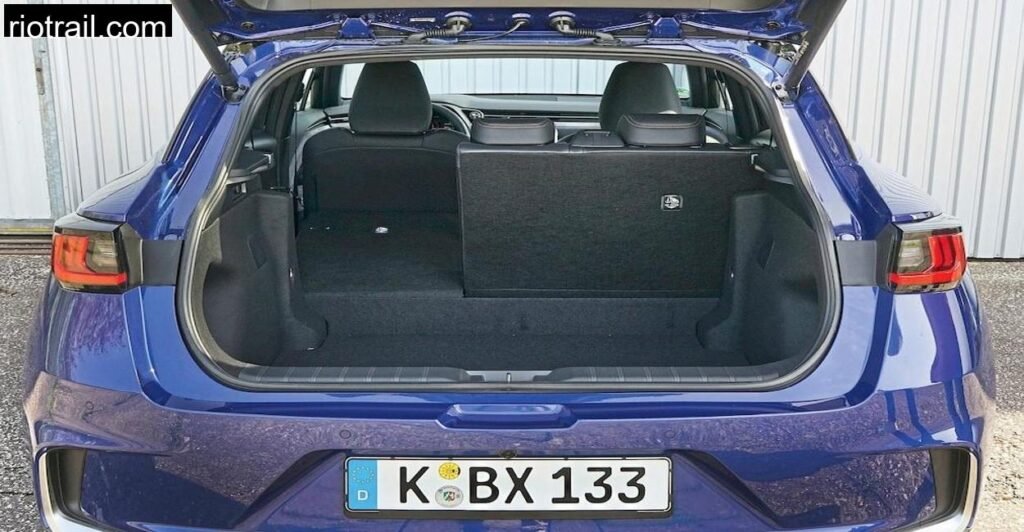
One of the most pleasant surprises of the LBX is just how much kit you get. The base Urban model starts at €32,990, and even this includes adaptive cruise control, lane change assist, and automatic climate control.
My test car, the LBX Cool, takes things to another level, albeit at a steep price of €45,190. But for that, you get:
The Mark Levinson sound system, which is simply outstanding for the segment. A 360-degree camera system, which proved invaluable on the tight forest parking spots I encountered in Rehbeck. Remote-controlled automatic parking, which worked impressively well. Ambient lighting with no fewer than 64 colours, because why not. Active Noise Cancellation (ANC), which genuinely reduced road drone on coarser surfaces.
Is it expensive? Absolutely. But Lexus customers expect, and often demand, such richness of equipment.
Conclusion: A Small Lexus with a Big Heart
As the sun dipped behind the trees of the Göhrde forest and I pointed the LBX back towards Hamburg, I reflected on the day. The Drawehn had provided the perfect canvas to explore the LBX’s talents, and it had delivered more than I expected.
Yes, rear space is tight. Yes, the ride can be firm on bad surfaces. And yes, €45,000 for a small hybrid SUV is a lot of money. But judged as a luxury small crossover, the LBX makes a deeply compelling case. It looks great, feels premium, drives with verve, and sips fuel lightly.
If you want a hybrid that rewards a gentle, flowing driving style, the LBX is one of the best in its class. And after a day of winding through the Drawehn, I can honestly say it left me smiling, and isn’t that what driving should be about?
Lexus LBX Technical Specifications
We use Lexus official website to get all technical details quickly and accurately.
| Specification | Detail |
| Engine | 1.5L 3-cylinder hybrid |
| Engine power (petrol) | 91 hp |
| Electric motor power | 94 hp |
| System output | 136 hp |
| Max torque | 120 Nm |
| Transmission | CVT automatic |
| Drive | Front-wheel drive (FWD) |
| 0-100 km/h | 9.5 seconds |
| Top speed | 170 km/h |
| Fuel consumption (WLTP combined) | 4.6 l/100 km |
| Real-world test consumption | 5.0 l/100 km |
| CO2 emissions (WLTP) | 104 g/km |
| Tank capacity | 36 litres |
| Test range | approx. 720 km |
| Boot capacity | 400–992 litres |
| Length x Width x Height | 4190 mm x 1825 mm x 1560 mm |
| Wheelbase | 2580 mm |
| Weight (empty / payload) | 1340 kg / 415 kg |
| Braking distance (100 km/h) | 37.2 m (cold), 36.7 m (warm) |
| Price (base / tested) | €32,990 / €45,190 |
Is the Lexus LBX a good car for long distances?
Yes, especially if you drive at moderate speeds. The seats are comfortable for two adults, the hybrid system is efficient, and the range is solid. Rear space is limited, though, so families should check fit carefully.
How does the Lexus LBX compare to other small hybrids?
It’s more refined and premium than most, especially in cabin quality and equipment. It also has a more natural driving feel than older Toyota/Lexus hybrids.
Is it worth choosing the Cool version of Lexus LBX?
If you value premium sound and tech, absolutely. If you just want hybrid efficiency and comfort, the lower trims already offer plenty.
